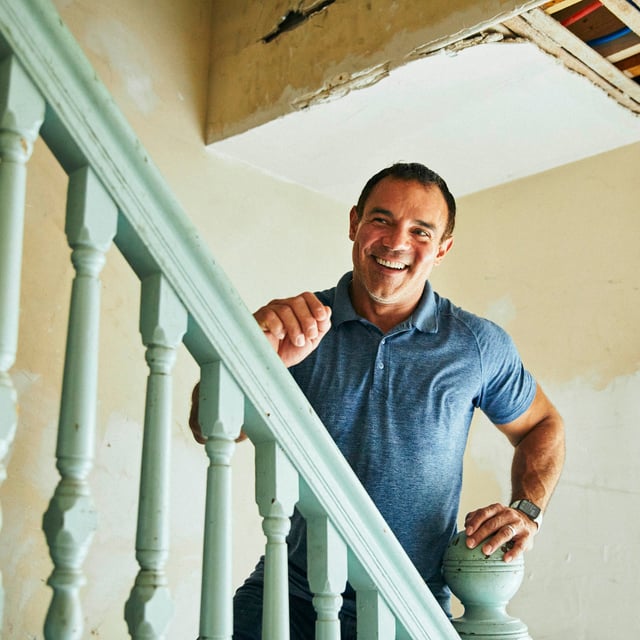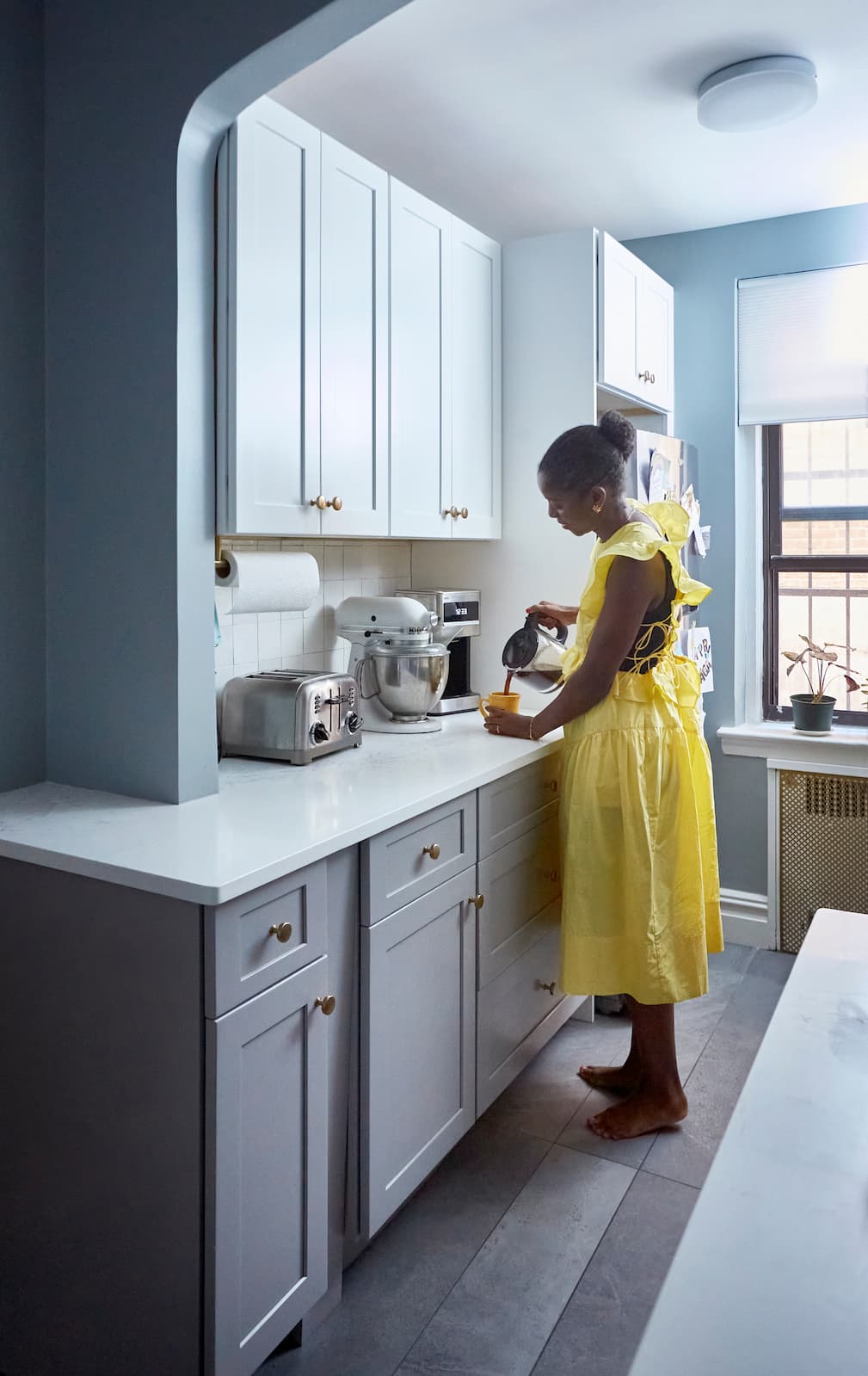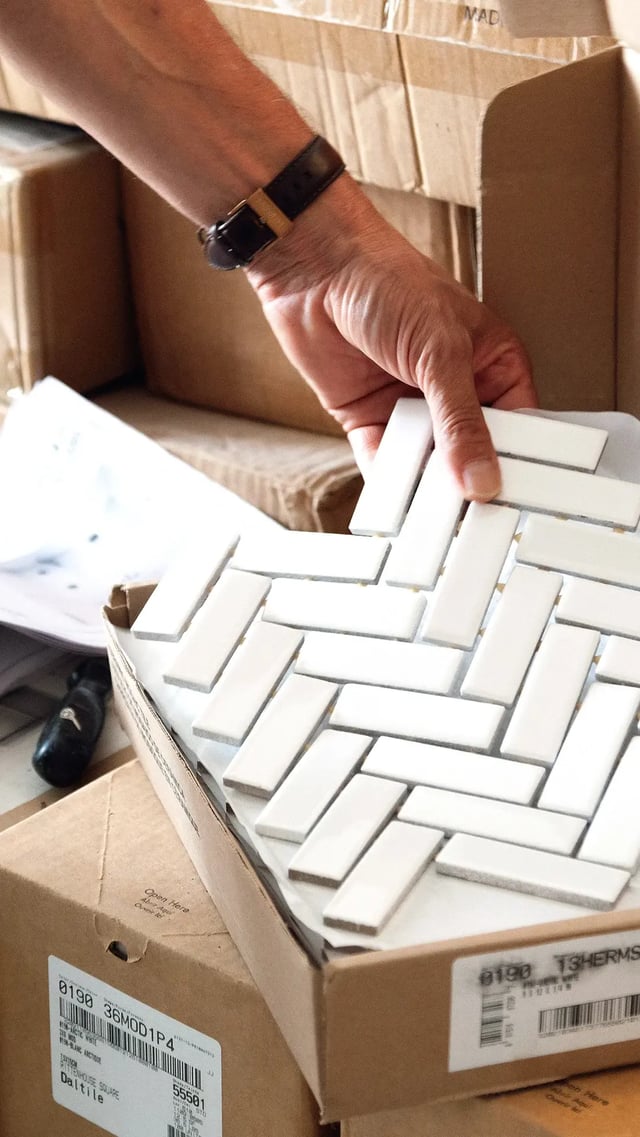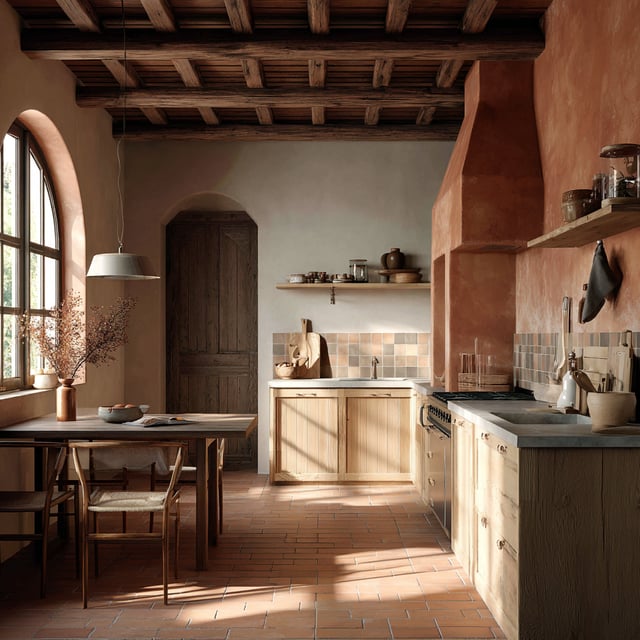
Design
Converting a Closet Into a Mudroom - Here's What to Know
12.21.2025
Our New Year savings event is here: Get up to $6,500 off your project today (terms apply).


In This Article
Restoring a historic home is like opening a time capsule and stepping into the past. The charm, character, and stories held within the walls of these homes are irreplaceable. But with that unique charm comes a host of challenges and considerations that make the process different from a standard renovation. Whether you’re a seasoned renovator or embarking on your first historic home restoration, this guide will help you understand what it takes to bring a piece of history back to life without compromising its essence.
Restoring a historic home isn’t just about giving it a fresh coat of paint and updating the kitchen. It’s a labor of love that requires careful planning, respect for the original design, and attention to legal regulations. While these homes are often filled with craftsmanship and details rarely seen in modern construction, the journey of restoring them can be challenging yet incredibly rewarding.
Historic homes offer unmatched character and craftsmanship. From intricate woodwork to original stained-glass windows, these homes are rich in details that are often lost in newer constructions. Restoring a historic home allows you to preserve a piece of history, bringing back its original beauty while giving it new life for modern living. Plus, many homeowners find that living in a historic home provides a deep connection to the past, offering a sense of continuity and belonging.
But it’s not just about aesthetics. Owning a historic home can come with financial perks. Depending on where you live, tax incentives, grants, or low-interest loans may be available for restoration projects. These financial benefits can help offset the costs associated with restoring a historic home, making it a more accessible project for homeowners.
Restoring a historic home can be a complex and demanding process. One of the biggest challenges is finding skilled contractors specializing in historic home renovation and understanding the delicate balance between preserving original elements and making necessary updates. Many historic home restoration contractors have specific knowledge about materials and techniques used in the past, which can be critical for maintaining the home’s authenticity.
Another challenge is dealing with outdated systems. Historic homes’ electrical, plumbing, and HVAC systems often need to be completely overhauled to meet modern building codes and safety standards. You may also face structural issues like foundation problems or water damage requiring expert attention.
Finally, historic homes are subject to specific regulations and guidelines, which vary by location. These regulations are designed to protect the home’s historical integrity, but they can limit your renovation options. We’ll explore these legal and regulatory considerations in more detail later in this guide.
Before diving into renovations, understanding your home’s historical significance is crucial. Identifying its period, architectural style, and history will inform your restoration decisions, ensuring that you maintain the integrity of the building.
The first step in understanding your home’s historical significance is identifying its architectural style. Is your home a Victorian masterpiece, a Craftsman bungalow, or a Colonial gem? Each style reflects a particular historical period and has specific characteristics that should be preserved during the restoration process. For example, Tudor and Victorian homes are known for their ornate details, while Craftsman homes emphasize hand-crafted woodwork and simplicity.
Once you identify the style, research the architectural trends and common materials used when your home was built. This knowledge will help you make informed decisions when it comes to restoring architectural elements and selecting materials.
Researching the history of your home can be a fascinating journey. Start by looking into local archives, historical societies, and public records. You might uncover old photographs, blueprints, or even previous owners’ stories. This research can give you a deeper appreciation of your home and guide your restoration efforts.
Understanding your home’s past can also help you prioritize which features to preserve. For example, you may discover that a renowned architect designed the home or that a particular feature, like a fireplace or window, is a rare example of its time. These discoveries can influence your restoration plan and ensure you make choices that honor the home’s history.
Restoring a historic home involves navigating a maze of legal and regulatory requirements. Many historic homes are protected by local, state, or national preservation laws, and any changes you make to the home may need to be approved by a historic preservation board.
Start by checking if your home is listed on the National Register of Historic Places or if it’s part of a local historic district. If so, strict guidelines may exist on what you can and cannot change. For example, you may be required to use specific materials or techniques when restoring certain features, such as windows, doors, or roofing.
Even if your home isn’t officially designated as historic, it’s a good idea to consult with local preservation groups or a historic building restoration company to ensure your renovation aligns with best practices. Failing to follow these guidelines can result in fines or even losing your home’s historic designation, so doing your homework is essential.
Once you’ve done your research and understand the legal landscape, it’s time to plan your renovation. This is where things can get tricky—historic homes often hide surprises behind their walls, and it's essential to be prepared for unexpected challenges.
Start by conducting a thorough assessment of your home's condition. Hire professionals experienced in historic home remodels to inspect the foundation, roof, electrical systems, plumbing, and overall structure. They can identify any hidden issues, such as rot, water damage, or faulty wiring, that need to be addressed before you start the restoration.
This assessment will also help you determine which features are salvageable and which need to be replaced. For example, original hardwood floors may be restorable with refinishing, while plaster walls might require repair or replacement.
With your assessment in hand, it’s time to create a detailed renovation plan. This plan should outline the scope of work, including which areas of the home will be restored, which materials will be used, and what modern updates will be made.
When planning, consider how each renovation will impact the home’s historical integrity. If you’re updating a kitchen or bathroom, for example, choose materials and finishes that complement the original design rather than clashing with it. Similarly, when replacing windows or doors, opt for styles that match the period of the home.
Historic home restorations are notorious for going over budget and taking longer than expected. To avoid these pitfalls, set a realistic budget that includes a contingency fund for unexpected issues. Working with contractors specializing in historic home renovations is crucial, as they can help you anticipate potential problems and suggest cost-effective solutions.
When it comes to the timeline, be prepared for the project to take longer than a typical renovation. Historic homes often require more time for sourcing materials, obtaining permits, and completing delicate restoration work. Patience is key, but the result will be worth the wait.
One of the most rewarding aspects of restoring a historic home is bringing its original features back to life. From grand fireplaces to intricate moldings, these details are what make historic homes so unique.
Whenever possible, aim to preserve original architectural details. Features like crown molding, trim, and window casings add character and value to your home. If these elements are damaged but salvageable, consider hiring a specialist to restore them rather than replacing them with modern materials.
In some cases, you may need to replicate missing details. For example, a skilled craftsman can create custom pieces that match the original design if the original woodwork is too damaged to restore. This ensures that the home’s historical integrity is maintained.
One of the biggest challenges in historic home restoration is finding authentic materials that match the original construction. For example, if your home has original brickwork or stone, you’ll need to find matching materials for any repairs. Similarly, wood siding or flooring may need to be sourced from a historic building restoration company that specializes in reclaimed materials.
Choosing historically accurate replacements is important if original materials can’t be salvaged. Many home restoration contractors have access to specialized suppliers who can provide period-appropriate materials, ensuring that your renovation stays true to the home's original design.
Floors, ceilings, and walls define a historic home’s character. Original hardwood floors can often be restored with sanding and refinishing, while plaster walls may require patching or reinforcement.
If your home has decorative ceilings, such as coffered or tin ceilings, handling them carefully is essential. These features are rare and valuable, so consider hiring a specialist who has experience working with historic ceiling details.
While preserving a home’s historical charm is important, making it comfortable for modern living is equally essential. The key is to modernize in a way that doesn't compromise the home’s character.
Kitchens and bathrooms are often the most challenging spaces to modernize in a historic home. These rooms need to function for modern life, but a sleek, contemporary design may feel out of place in an older home.
When updating these spaces, look for materials and fixtures that complement the home's period style. For example, subway tile, clawfoot tubs, and vintage-style faucets can provide modern functionality while maintaining a timeless look.
One of the biggest drawbacks of historic homes is their lack of energy efficiency and overall draftiness. Single-pane windows, outdated insulation, and old heating systems can lead to high energy bills. However, it is possible to make energy-efficient updates without compromising the home’s historical integrity.
Consider installing energy-efficient HVAC systems, adding insulation in the walls and attic, and upgrading to double-glazed windows that mimic the appearance of the original windows. These changes can make your home more comfortable and eco-friendly while preserving its character.
Balancing modern comfort with historic preservation requires careful planning. While it's tempting to make significant changes to improve convenience, such as open-concept layouts or recessed lighting, these modifications can drastically alter the character of a historic home.
Instead, focus on subtle updates that enhance comfort without erasing history. For example, you can improve lighting using period-appropriate fixtures and create more functional spaces by adding built-in storage that blends with the original design.

Written by Jordi Lippe-McGraw
Jordi Lippe-McGraw
How can I find contractors experienced in historic home renovations?
How can I find authentic materials for my historic home renovation?
Are there financial incentives or grants for restoring historic homes?
What are the most important features to preserve in a historic home?
How long does a typical historic home restoration project take?

Renovate confidently with Block
Easily compare quotes from top quality contractors, and get peace of mind with warranty & price protections.
Thousands of homeowners have renovated with Block

4.5 Stars (100+)

4.7 Stars (100+)

4.5 Stars (75+)

Design
Converting a Closet Into a Mudroom - Here's What to Know
12.21.2025

Design
Mid-Century Modern House Remodels & Design Ideas
11.22.2025

Design
Cape Cod Remodeling Ideas & How-Tos
11.15.2025

Contractors
50 Most Common Home Renovation Questions (Answered by Experts)
10.28.2025

Design
Modern Tuscan Style Kitchens to Inspire Your Next Redesign
10.23.2025
Renovate confidently